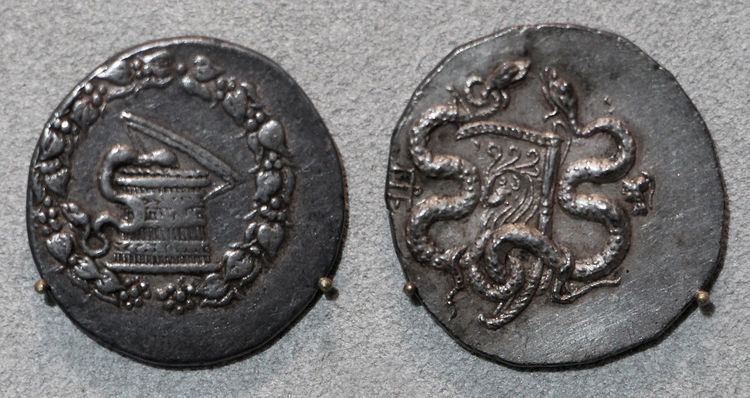Capital Pergamon 282–263 BC Philetaerus 241–197 BC Attalus I | Government Monarchy 263–241 BC Eumenes I | |
 | ||
Languages Greek
Lycian, Carian, Lydian | ||
The Attalid dynasty (/ˈætəlᵻd/; Greek: Δυναστεία των Ατταλιδών) was a Hellenistic dynasty that ruled the city of Pergamon after the death of Lysimachus, a general of Alexander the Great. The Attalid kingdom was the rump state left after the collapse of the Lysimachian Empire. One of Lysimachus' officers, Philetaerus, took control of the city in 282 BC. The later Attalids were descended from his father and they expanded the city into a kingdom. Attalus I proclaimed himself King in the 230s BC, following his victories over the Galatians. The Attalids ruled Pergamon until Attalus III bequeathed the kingdom to the Roman Republic in 133 BC to avoid a likely succession crisis. A war with Eumenes III resulted in the creation of Roman province of Asia over much of the territory.
Contents
On the interior of the Pergamon Altar is a frieze depicting the life of Telephus, son of Herakles, whom the ruling Attalid dynasty associated with its city and utilized to claim descent from the Olympians. Pergamon, having entered the Greek world much later than its counterparts to the west, could not boast the same divine heritage as older city-states and retroactively had to cultivate its place in Greek mythology.
